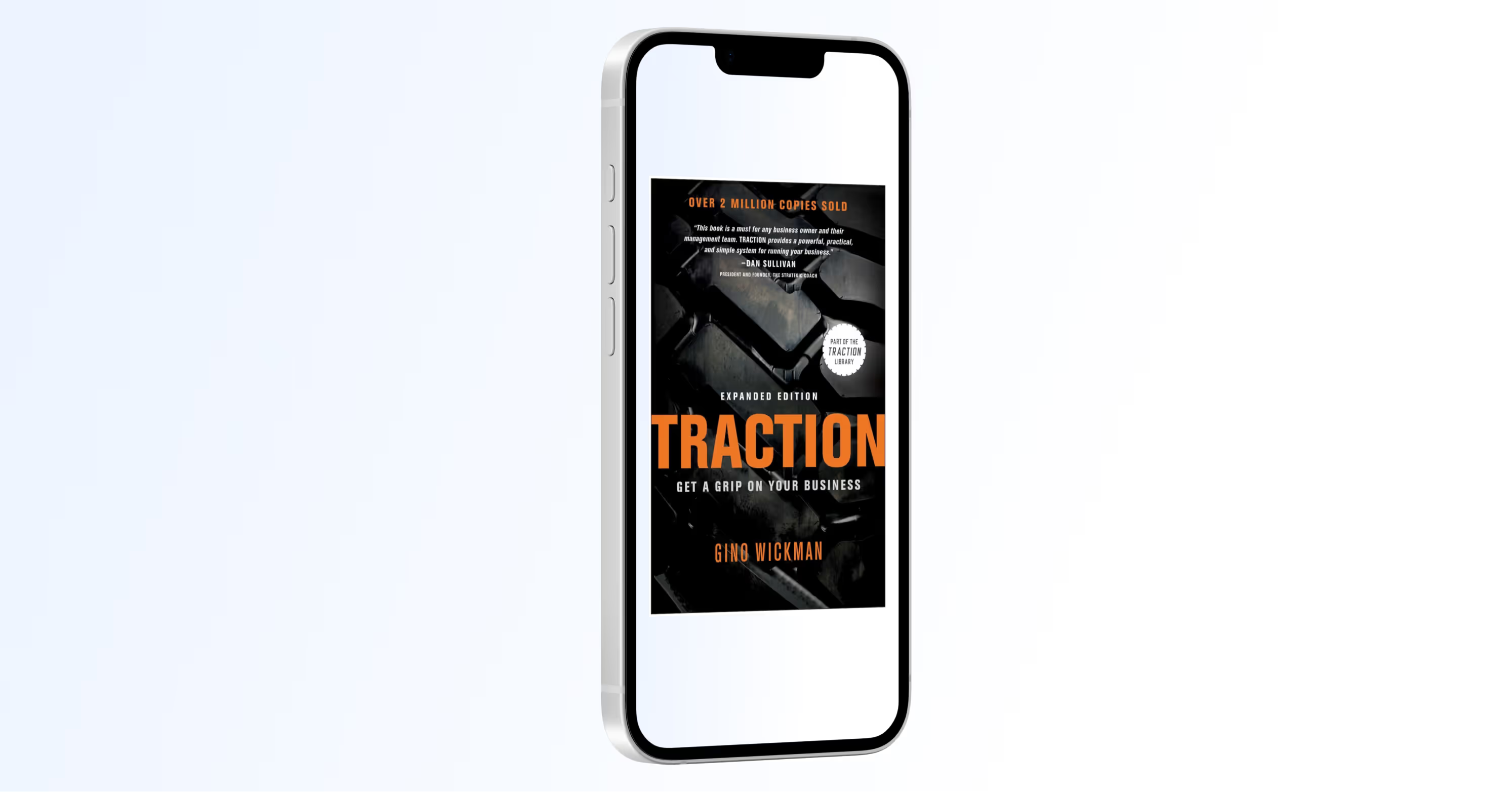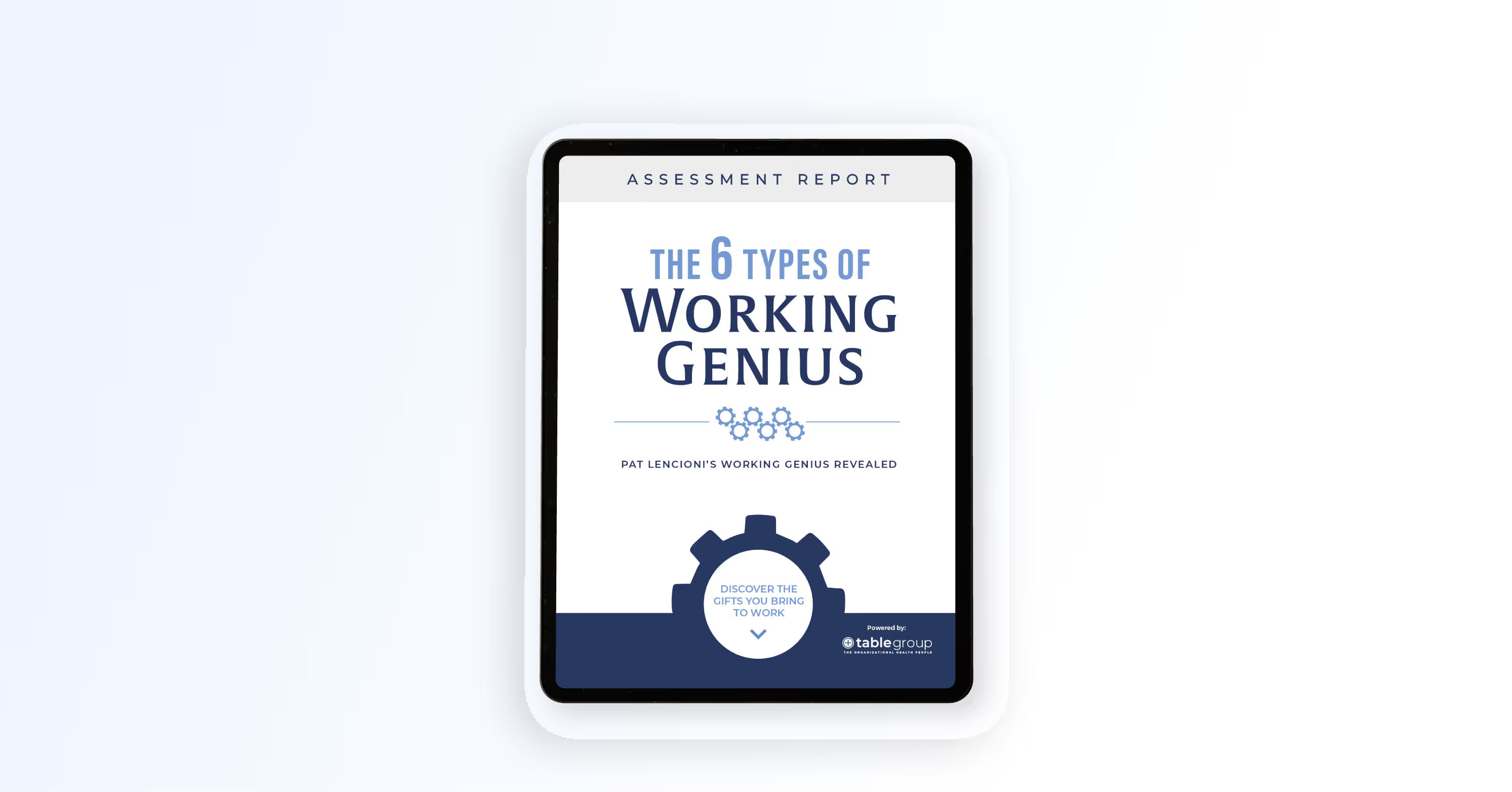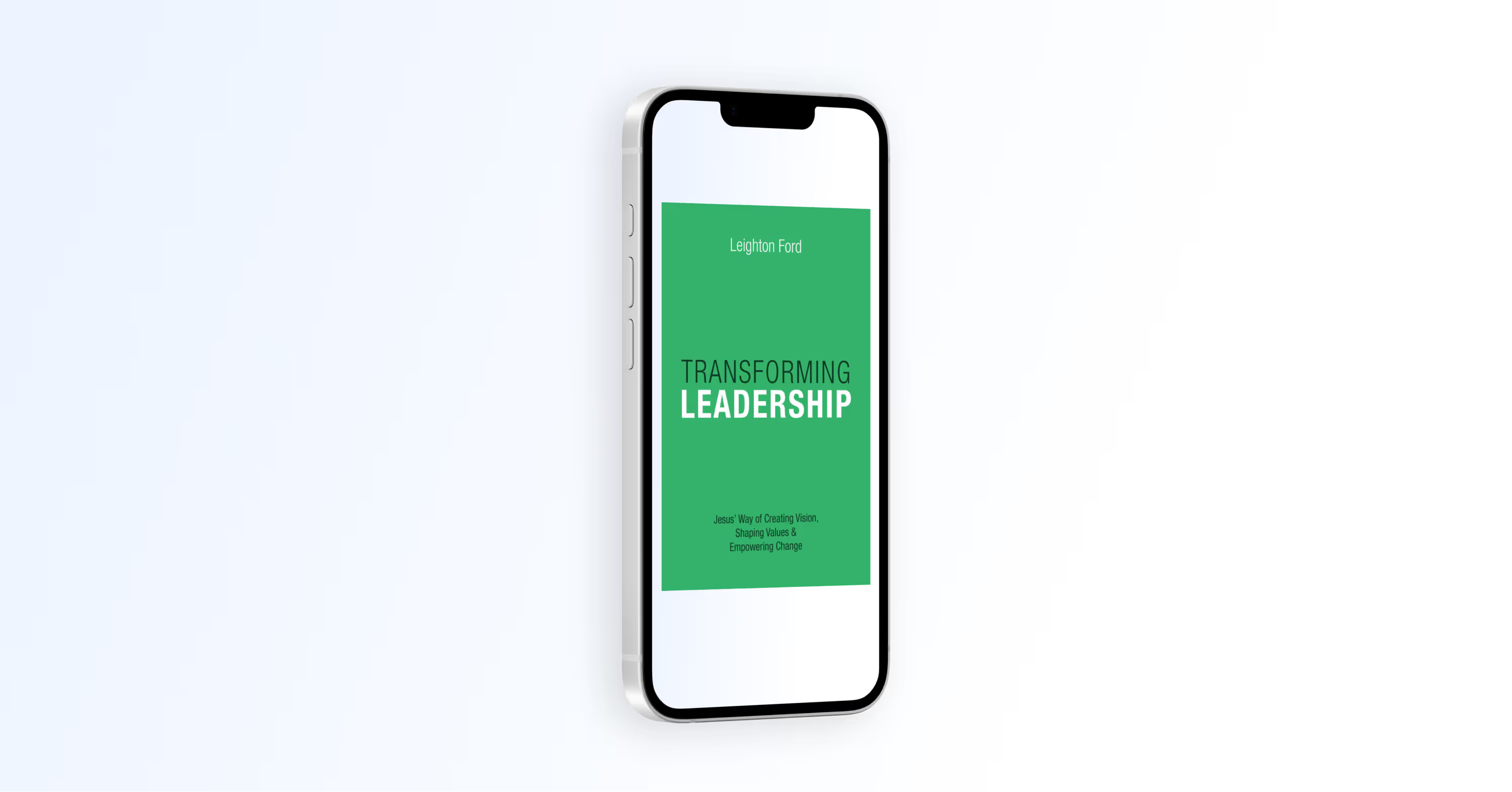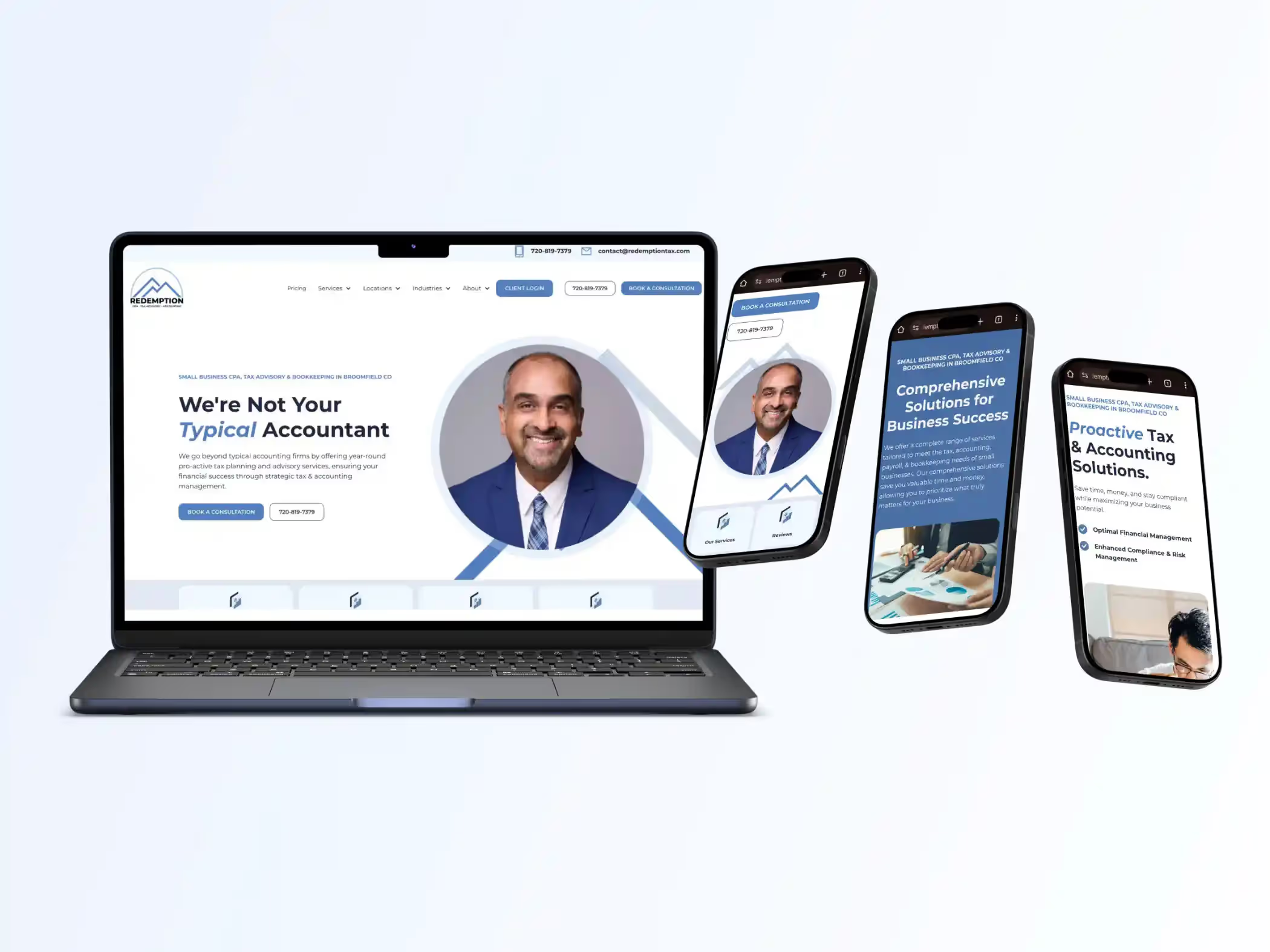6 Step Outline for Organic SEO for the 20’s
6 Step Outline for Organic SEO for the 20's

6 Step Outline for Organic SEO for the 20’s
Search engine optimization in the 20's is much less gimmicky, and far more about the fundamentals than the SEO of previous eras. Google, Bing, Amazon and Alexa have evolved in order to do themselves a favor; avoid being manipulated while delivering trustworthy, relevant and authoritative content to their search customers. Everything I'm about to talk about is founded in Google's webmaster blog here.
This is a guide on 6, in-depth steps that we've identified as being critical for search engine optimization.
- Plan Core Commercial Keywords
- Create a Content Map
- Create a Great Website that Converts
- Create a Service Page Structure
- Create 30 pieces of Authoritative Problem or Question Based Content
- Promote and Collaborate for Backlinks
Before we start, remember that every SEO tip that's given should align perfectly with Google's webmaster guidelines here, as well as Bing's here.
Your business can rank in Google and Bing for relevant keywords, which will attract traffic and lead to more sales. When traffic comes to your website through a search engine result page, that is called “organic traffic”, which is the most coveted type of traffic because it’s essentially free compared to paid advertising on Google Ads, Bing Ads, and Social Media ads.
SEO = Providing Great Solutions to Problems
The foundation of SEO for your website is providing great solutions to problems and queries, and Google and Bing have built a wonderfully sophisticated system to identify great solutions to queries and problems, which means you don’t need to play the SEO games of old and you can stick to creating content & collaborating.
Previous to about 2016 or 2017, businesses would have to work diligently at some pretty silly SEO games, because there were a number of strange factors that would play into your SEO results.
The new way to rank on Google and Bing is primarily done by becoming a great solution to queries and questions, showing expertise, authority and trustworthiness (EAT) across the web & digital platforms.
The first step to great SEO is about creating content on your website that answers the queries that are important to your prospective customers.
Here are the Baby Steps for SEO:
- Create a well structured website that actually closes sales
- Perform on-page optimization
- Build towards a “critical mass” of inbound content
- Share, promote, and collaborate
It Starts with Problems & Solutions
To optimize for search engines like Bing and Google, all you need to do is answer questions and solve problems.
People ask questions, and you need to answer them on the platforms that matter. Your website, YouTube and Google My Business are the most relevant platforms for inbound marketing.
Your website, and its unique web pages can rank on Google for an array of keywords, so let’s start with planning the questions you need to answer.
If google sees that people are “consuming” your content as a solution to their problem, you’ll rank well over time. But that means you need to start by actually creating content on your website.
6 Step Outline for Organic SEO for the 20’s:
- Plan Core Commercial Keywords
- Create Content Map
- Create a Great Website that Converts
- Create a Service Page Structure
- Create 30 pieces of Authoritative Problem or Question Based Content
- Promote and Collaborate for Backlinks
4 - Principle truths about Inbound Marketing for Business.
Another quick thing I'd hit on, is that inbound marketing has some core principles as well.
1 - Inbound marketing is king; social media is a support system unless you commit to great content and a platform
2 - SEO is about relevancy & EAT credibility
3 - Relevancy is about getting stereotyped by Google and Bing
4 - EAT credibility is about user experience, referrals, & reviews
1 - Plan Core Commercial Keywords & Website Structure
Website Structure is the primary way to “plant the tree of keyword opportunity” that will eventually blossom into your website ranking for the most important keywords.
The most valuable keywords are “core commercial” keywords.
Example Keywords:
"Mortgage Broker Near Me" (core commercial or bottom funnel keyword)
Vs
"Mortgage Calculator" (top funnel keyword)
Your core concern is to rank for bottom funnel, core commercial keywords, but these keywords are extremely competitive.
“Mortgage broker near me” commands nearly $10-$40 in “cost per click” on Google Ads, where “mortgage calculator” is about $.50 or $2 depending on when and where.
Why?
Because one signifies that a user is looking for someone to take their order and their hard earned money.
The value of keywords vary a great deal.
We’ve learned a library full of lessons about the value of search terms and keywords, let’s talk about how to position your website to rank.
Keyword Intent & Funnel Location
Take time to examine a keyword or key phrase and identify the intent behind the search phrase, and you’ll start to see that there’s about 3 types of keywords.
3 Levels of Intent for Keywords:
- Top of funnel - Curiosity Pique
- Middle of funnel - Enlightenment or “how it works” content
- Bottom of funnel - Take Action “cash register” type keywords
The term we use here at Feedbackwrench to describe the bottom funnel keywords is “Core commercial keywords.” Core commercial keywords are the bottom of funnel, cash register type keywords, usually tied to services, products & companies.
The “mortgage broker near me” is a “bottom funnel” keyword, which references where in the sales funnel it belongs. It’s a “take action” or “cash register” keyword, and it also has a Google My Business local 3 pack or local snippet.
How to Rank in Google for a Bottom Funnel Keyword:
Ranking for a core commercial keyword is a long & grinding process.
Google is careful about who they easily recommend for a core commercial keyword; you have to prove yourself.
Core Commercial Keywords are also the Hardest To Rank For
Google wants to make sure that whoever it recommends as a “mortgage broker” isn’t just some fly-by-night, shifty and dishonest mortgage lender. They want their recommendation to mean something.
To earn Google’s recommendation for these keywords through a SERP (Search Engine Result Page), you’ll need to abide by the EAT principles, and do it over time.
Ranking for core commercial keywords is a process, and I think it’s like planting a tree, because you’re essentially building up your online resume or reputation, along with a set of great inbound content that solves queries, to be able to have that connect rank.
Core Commercial Keyword Ranking Starts with Site Structure
Head to point #3, to learn more about this.
2 - Create a Content Map
To get your website to rank well in Google and Bing, you'll need to develop some great content. You should create content as consistently as possible, but it needs to be high quality, relevant, and solve questions or problems your users have.
In order to do this well, you should take time to plan content in an excel sheet, or even using SEO tools like Semrush or AHREFS.
What content needs to be covered on your website?
What frequently asked questions should be answered?
What teaching should you do through your website?
What content does well on your competitors website that you should copy?
What service pages need to be created?
What long-tail content should be created?
You should create a roadmap here, of content that you know you should create. The main thing is to create a list of ideas so that you know where you're with your website content.
3 - Create a Website That Converts
This article is long already, I'll keep things short.
If a website doesn't lead to a solution, Google seems to notice.
If you want to be seen as a great solution to meaningful queries, you'll need to optimize your website to convert.
If users of your website always bounce or pogo stick (user clicks in, then out, and down to the next result on the SERP), you'll slowly lose credibility with Google and Bing.
Conversion Rate Optimization leads to superior organic search results.
Read about the 9 Sections of a website for CTR optimization here. also, learn about the customer journey.
4 - Create a Service Page Structure
What’s the first step to rank for bottom funnel, core commercial keywords?
The same way a breakfast restaurant starts out, you put breakfast items on your menu.
Before you get referred as a great breakfast restaurant, you’d probably need to have customers buy off your breakfast menu, consume the food and then be satisfied.
Creating the Menu of Services is the First Step to Rank..
Define your services & create a separate page for each service.
Use good ontology, organizing them well.
Example Services Ontology:
Feedbackwrench.com/services/SEO
Feedbackwrench.com/services/Websites
Feedbackwrench.com/services/PPC
Feedbackwrench.com/services/Consulting
Feedbackwrench.com/services/web-design
That’s great ontology.
And this is for another article, but you’ll probably want to define the industries as well.
Feedbackwrench.com/industries/CPA
Feedbackwrench.com/industries/Home-Builders
Feedbackwrench.com/industries/General-Contractors
Feedbackwrench.com/industries/Sealcoat
Feedbackwrench.com/industries/Foundation-repair
Feedbackwrench.com/industries/insurance-brokers
Feedbackwrench.com/industries/CFP
Feedbackwrench.com/industries/Roofing
Feedbackwrench.com/industries/Painting
Feedbackwrench.com/industries/Realtors
Think of HVAC for a Moment..
The Home Page is about the company in general.
Besides the home page, you should assign pages to distinctly cover each individual service.
The Core Services for HVAC Might Be:
- AC Repair
- Heater or Furnace Repair
- Air Conditioners for Sale, Replacement & Installation
- Furnaces for Sale, Replacement & Installation
- AC/Furnace Maintenance & Tune Ups
- AC Products for Sale - Units & Parts
- Furnace Products for Sale - Units & Parts
- Air Duct Cleaning & Dryer Vent Cleaning
- Recycling & Disposal
Each of those are solutions to different problems, but they’re also the full service menu
TO DO:
- Plan out your service menu
- Create a separate page for each service
- Build menus & interlinking to these services throughout your website
The content should be optimized, per our tips below.
Each service should have it’s own page, and be marked up with meaningful content, calls to action and conversion optimization steps.
The service structure helps people understand “what do you do, and for whom?”
Tips of optimizing the Services Pages:
1 - Service Keywords & Phrases should be first and foremost.
The first keywords in any writing content, whether it’s in a title, description or paragraph, set the tone for readers and Google. This is more of a principle when copywriting for SEO. You should keep the core keyword clear, concise, meaningful, all while placing it early in the title or sentence, early in the paragraphs, and top-of-fold on the page.
2 - Page Title, Meta Title, & Meta Description
The titles and headings should all contain the keyword plainly.
If you’re using Wordpress, I would recommend using Yoast to get easy access to your Meta Titles and Meta Descriptions.
For AC Repair, it should look like:
Meta Title: “AC Repair Service- Satrom HVAC”
Meta Description: “AC Repair: Fast Emergency AC Repair Service in the Twin Cities. Our team will fix your Air conditioner fast, do it right, with excellent customer service. Serving the Minneapolis St. Paul Twin Cities Metro Area including South & West Metro”
Title the page: Air Conditioning Repair
3 - Layout for the Service Page.
A - Header or Hero Section
The top of the page should be a Hero section.
Image should be relevant to the service & the lifestyle benefit associated with the service.
Quick Image SEO Tips:
- Name the file the same as or similar to the service before uploading, the file name will actually be optimized.
- Alt Image - ALT image tags should succinctly explain the image and service, it get’s read by accessibility programs for ADA compliance. Place the keyword in the ALT IMAGE TAG.
- Size to quality efficiency - your image needs to look decent, but the file size must be small so that it loads fast. Keep images under about 300kb or even 150kb to keep them fast loading. Beware of pages with lots and lots of images; you need to keep them efficient. Crunch the image too small and it won’t look good, keep the quality too high and it loads slow, harming the user experience and SEO.
Calls to Action - You should have primary and transitional calls to action for each service landing page. Besides having them right up top, you should also have them in the middle and on the bottom, so that people can take that “off-ramp” easily.
4 - Hero Title & Hero Description:
The header or hero for the services page should be simple, clear, and written for USERS, not SEARCH ENGINES.
You should have a title & a short description, along with an image that clearly communicates the service.
The hero title should contain the service keyword. Short and clean, don’t get fancy.
The hero description should be a one-liner statement that moves people to action, not a keyword stuffed bunch of madness. Use a problem, solution and result structure to try and pass the caveman grunt test.
5 - Cash Register Calls to Action
You should have a primary and transitional call to action (CTA) on the header, both a "Contact Now" type of primary CTA, along with a lead magnet or transitional CTA (a PDF to download).
If you don't, that's like not having a cash register in a store.
5 - Create 30 pieces of Authoritative Problem or Question Based Content
You need to become a thought leader in the niche that you're in.
Google is going to stereotype your website, so you need to make it your mission to become authoritative on the subject matter.
The best thing to do is to write authoritative, long-form content that either answers a question, informs, or helps your prospective customer.
I want you to do 2 things:
- Create Written Content & Mark It up Well
- Turn those into Youtube Videos
Google, Bing and Youtube are your friend, so make sure you've got the content written.
Tips to writing good content:
- Create Question or Topic/keyword that you focus on
- Place the keyword/question in the title, meta title, and hero section.
- Write naturally, with good semantics & language
- Write clearly
- Break it up so that it's easy to skim
- Use headers, bullet lists and images to make it skimmable
- Use hyperlinks to authoritative sources
- Keep the page fast, don't allow more than about 1 -2 megabytes of images on a page
- Don't be spammy, but think of all the questions someone might ask, and use them as headers.
- Markup headers with one or two H1, a couple H2's, and then H3's
- Keep it visually simple, use images and examples,
- keep the language accessible (write for a younger audience)
- Always include a relevant Meta title and Meta Description
- Interlink between your articles
Write 5-10 Authoritative Articles
Write 5-10 Mid-level content
More Topical and Quick Articles are fine after that.
6 - Promote and Get Backlinks
Collaborate with other websites to attract hyperlinks that source your material.
Nothing helps SEO more than backlinks to your content.
Besides building backlinks, use Google and Bing Ads to drive traffic as TOFU, or "top of funnel" campaigns.
Content should be developed around topics or questions, so experiment with Google ads on that query as a keyword.
Share it on social media, and try to get some traction to your articles!
Conclusion - You're Growing a Tree:
By doing this over time, your website will truly grow into a dominant force.
You need to cultivate your website and the inbound content, morph and evolve content that''s not working, improve on things and watch your analytics to get a better understanding of what needs to be cut off, improved, or multiplied.
The bottom line:
Great content about your niche will rank if it's ACTUALLY useful.
Ruthlessly Attack Your Effectiveness & Get Feedback
Your content is like food that you're serving, are people finishing the dish?
In life, you'll have more success when you start to increase your awareness.
Digital content is much like serving food, because the analytics can tell you whether or not people are actually consuming something.
IF people consume your content, that means it's probably satisfying the query or that you're matching the intent.
If you're matching the intent, that means Google is about to be your best friend.
I would recommend that you get feedback from wise people about your writing, your videos and your content, and look for critical feedback.
You have to show vulnerability if you're going to improve, because you need people to tell you what parts of your dish they don't like.
Invite feedback, be critical of everything, don't look for people's approval, just check to see if people are "eating what you're serving".
If you take good care of your users, Google and Bing will take great care of you.
Free Guides & Blog Categories
We invest heavily in helpful content that assists small businesses owners.
Book a Consultation & Grow Your Business
Book with Rob & the team to identify ways to make the web a fantastic sales & prospecting tool to sell your core services.












.avif)
.avif)









